
What if 3D primitives had anatomical substructures?
Visual exploration | Material/texture development | Procedural systems for animation and texture

What if 3D primitives and average motion design objects had anatomical substructures like muscles and bones? Would these substructures give the objects a sense of weight and movement, making them appear more realistic and lifelike?
One way a motion designer could interpret these substructures is paralelism with natures. fruits, plants and animals, how would these substructures fit the shape of the object silhuette. For example, a cylinder could be made to slouch and appear sad, while a cone could be made to stand tall and appear confident, we see this everyday in animation, but would these structures actually exist? inside? and does it make sense to imagine them while animating?







From an aesthetic perspective, adding muscles and bones to 3D primitives and motion design objects would create a more realistic and complex appearance, making them appear more lifelike and dynamic. However, it would also challenge the traditional simplicity and abstraction of these objects by adding an extra layer of detail and realism.
Furthermore, the addition of muscles and bones raises questions about the nature and purpose of these objects. Are they living creatures or inanimate objects? Do they have the capability to move and function on their own or are they controlled by an external force? This added complexity opens up new possibilities for storytelling and exploration of themes such as intelligence and the nature of existence, such as whether these shapes have a brain or other mechanisms found in nature, like eyes or other sensory appendages.
In summary, the inclusion of anatomical substructures in 3D primitives and motion design objects would not only change the way they look, but also the way we perceive and understand them. It would be a fascinating exploration of both aesthetics and the nature of existence in the digital world.

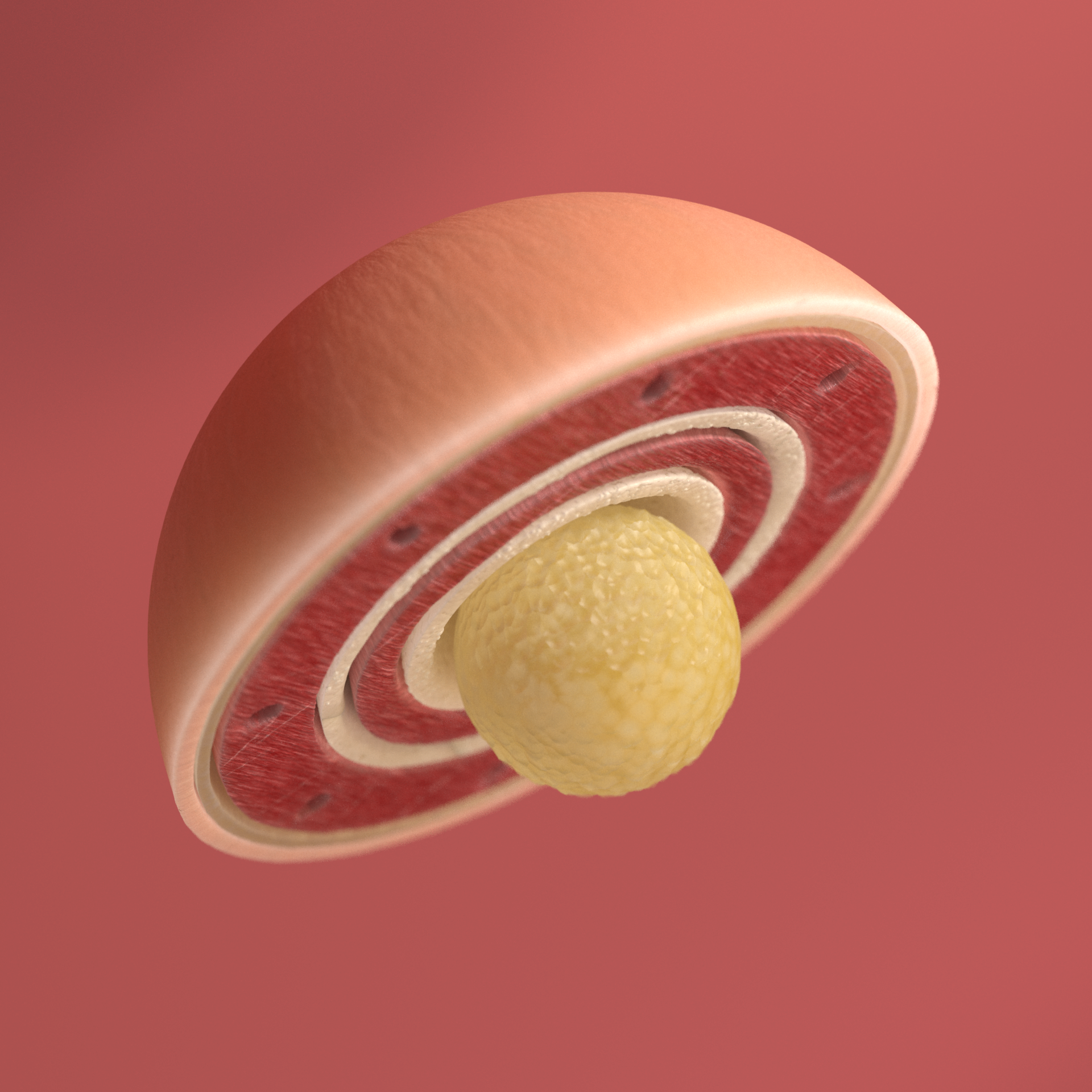
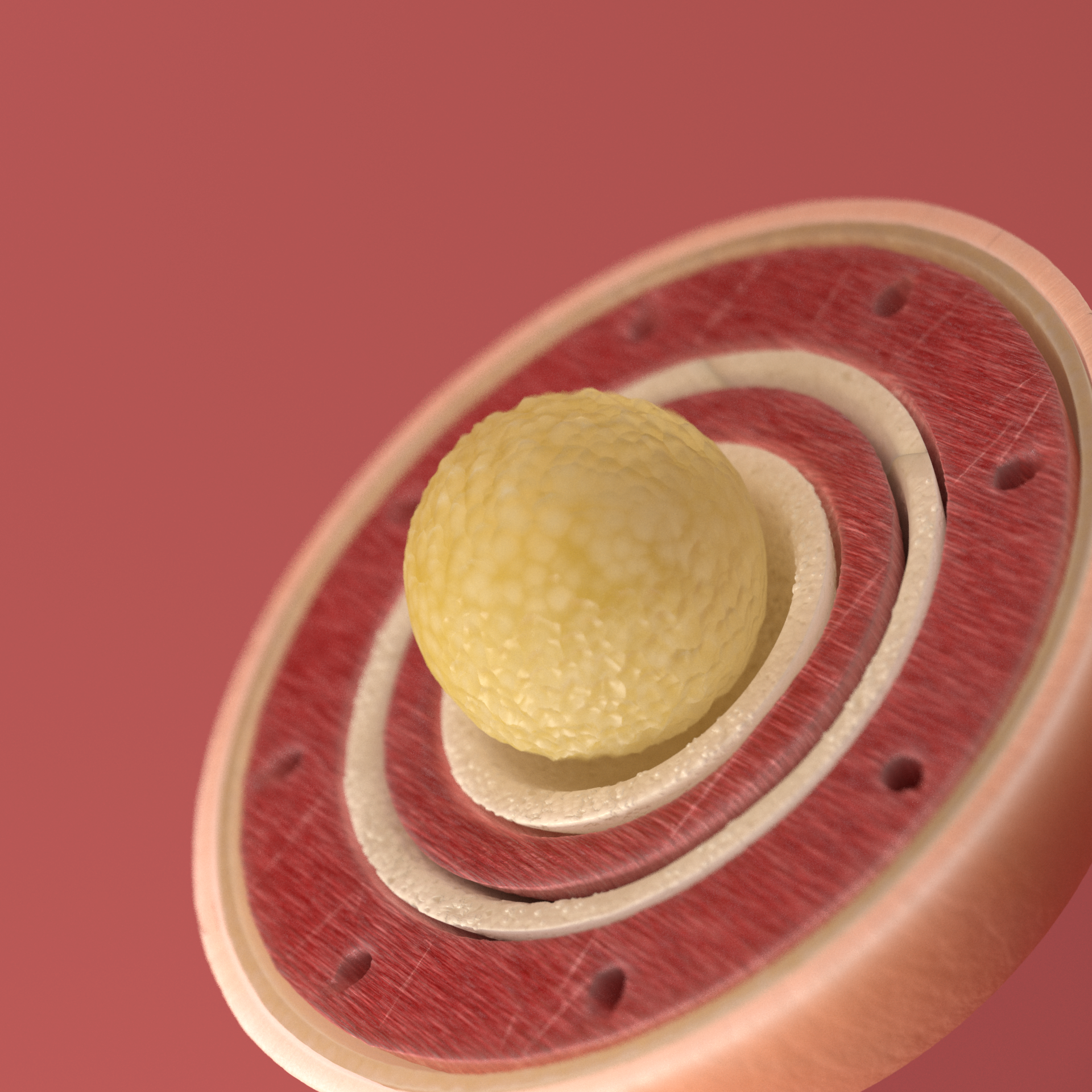



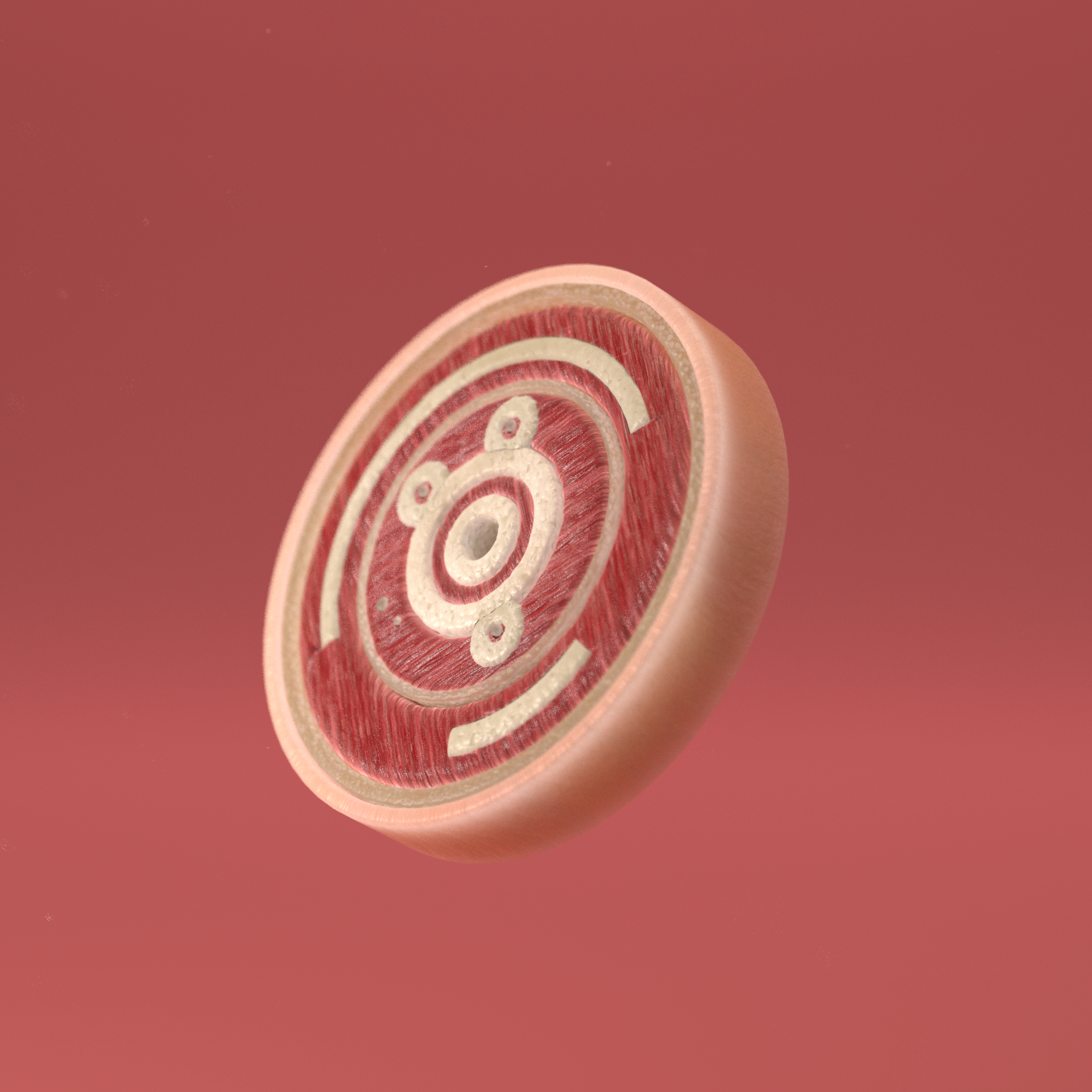

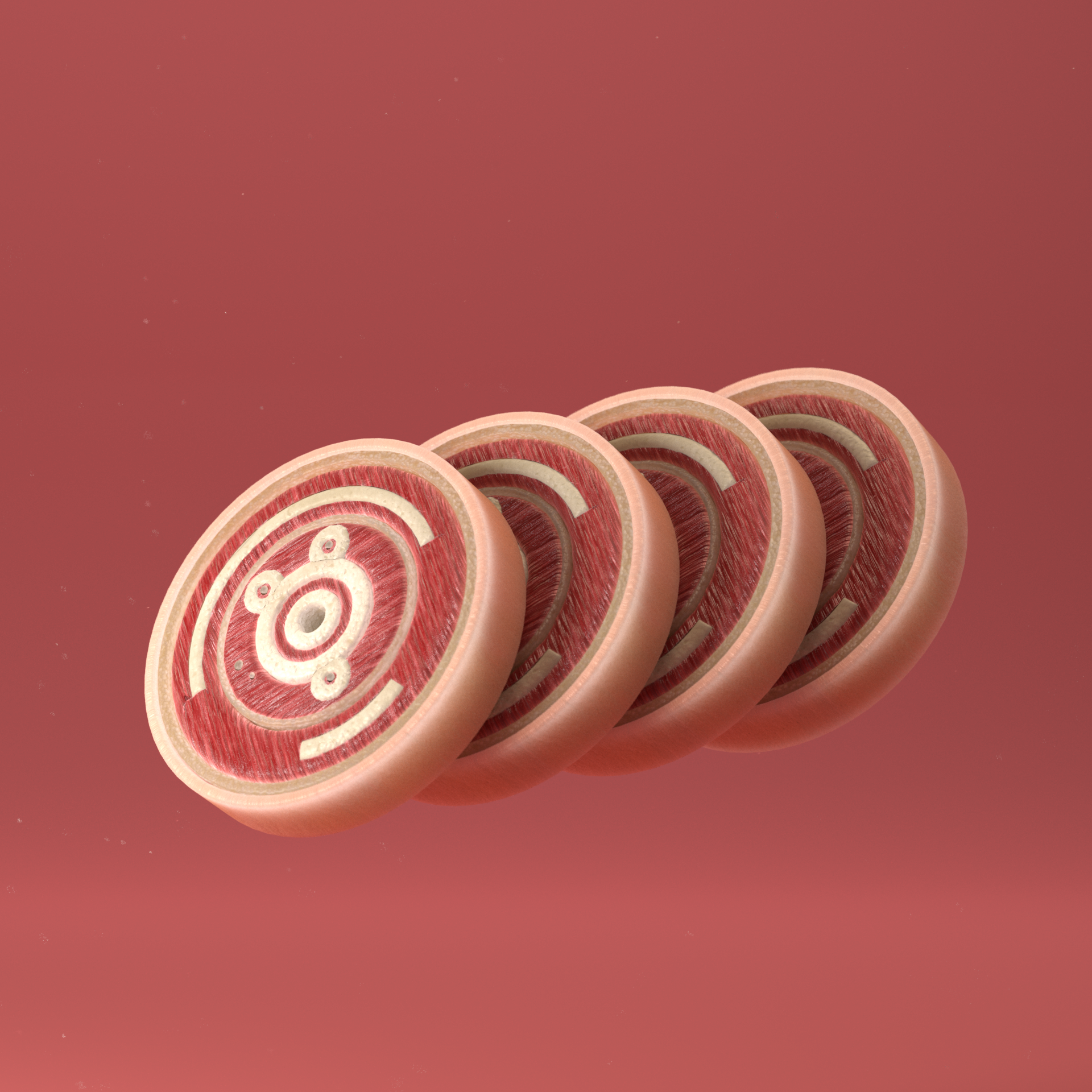
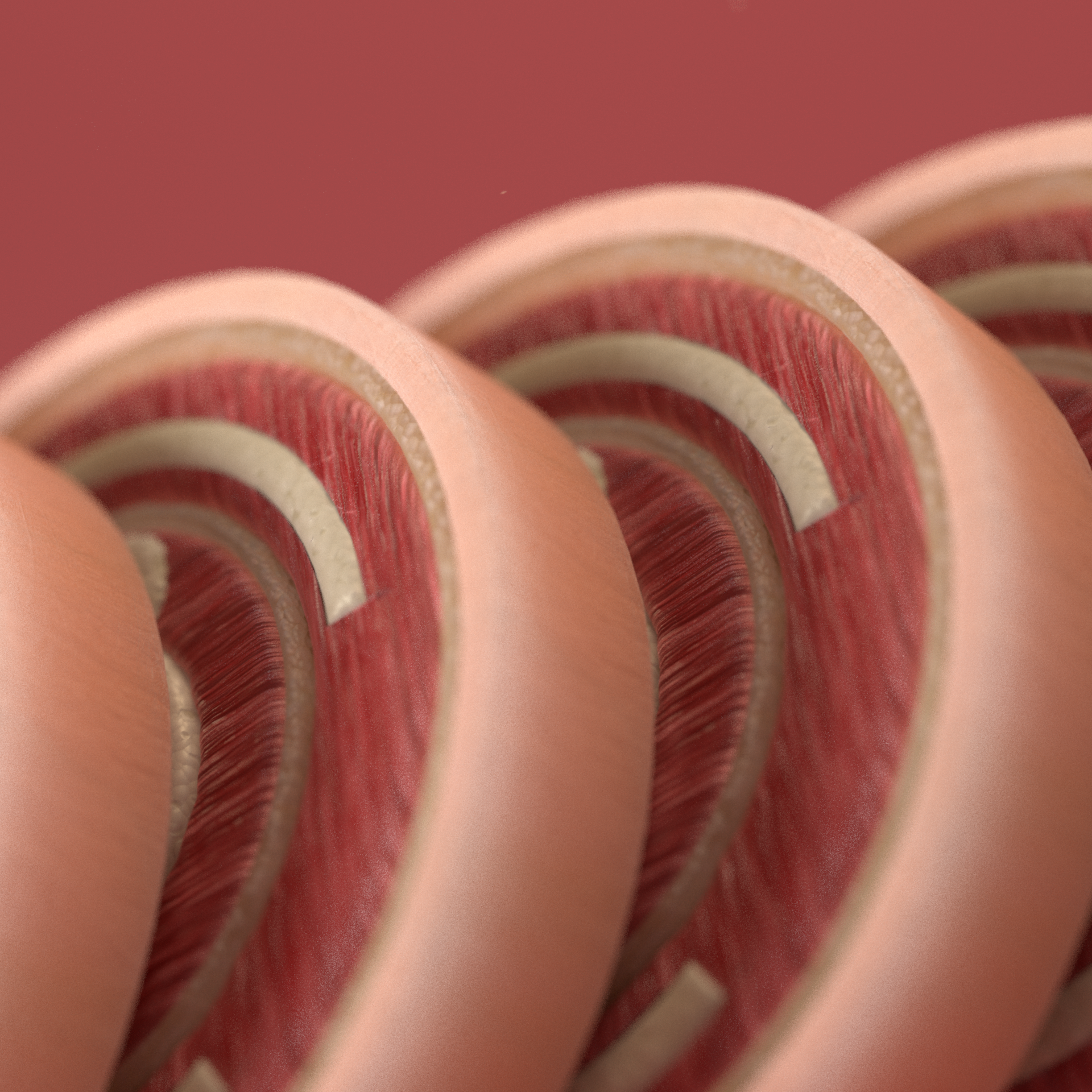


Overall, the inclusion of anatomical substructures in 3D primitives and motion design objects would not only change the way they look, but also the way we perceive and understand them. It would be a fascinating exploration of both aesthetics and the nature of existence in the digital world.

